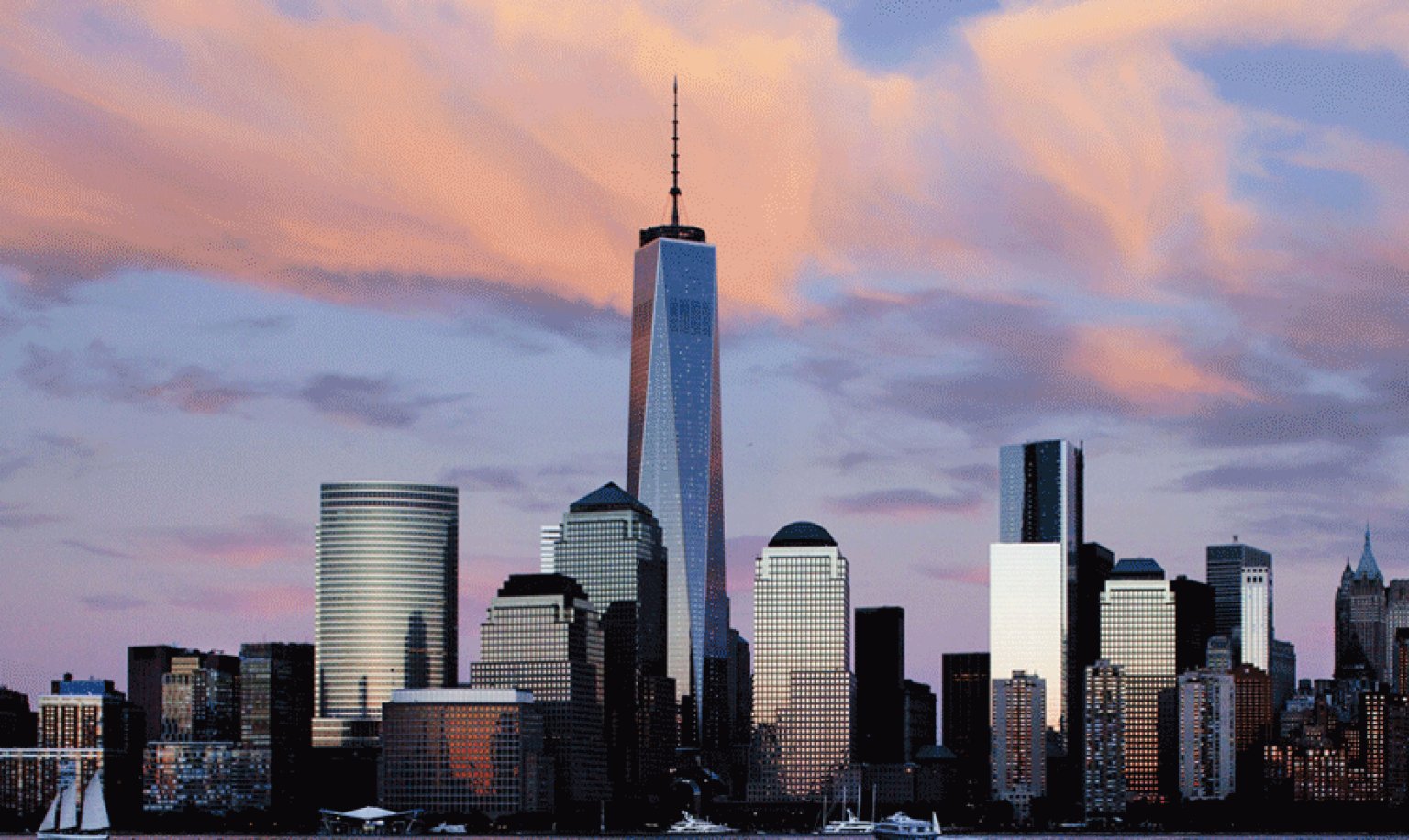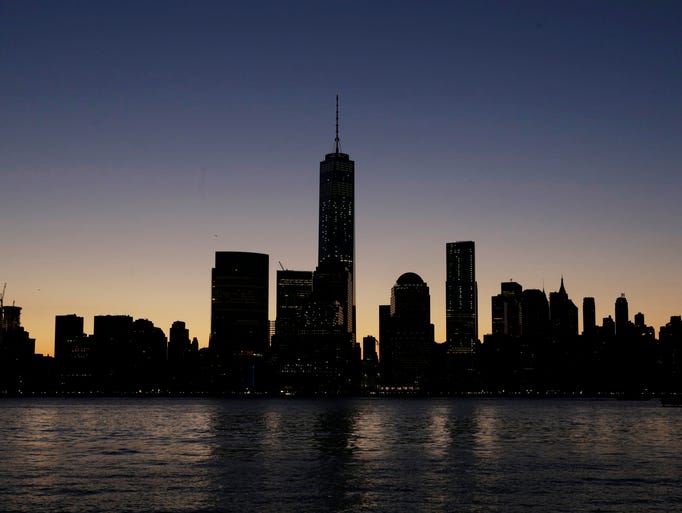

Radio Frequency Identification Devices (RFID) data-loggers were imbedded in the concrete to measure internal concrete temperature, heat of hydration, and maturity of the newly constructed walls. This was accomplished by limiting the Portland cement content in the mixes, substituting ice for mix water, and shifting pour schedules to cooler parts of the day. In addition, the high strength concrete used for the thick concrete walls, defined as mass concrete, required a particular concrete mix to meet the most stringent of demands. The key factor to successful and consistent results in such demanding concrete mixes is the quality control and tight monitoring of its mix components, as well as the use of local materials that are readily available. Previously, the highest concrete compressive strength used in New York City was 12,000 psi.

In order to meet those demands in an economical way, high strength concrete of up to 14,000 psi was utilized.

The tower height and its slenderness imposed stringent demands on the overall strength and stiffness of the structure. The column-free floor system spans between the core and the perimeter steel moment frame for construction efficiency and maximum flexibility of tenant use. The floor area outside the core is concrete on composite metal deck supported on steel beams and connected via shear connectors. The floor system within the concrete core zone is a cast-in-place concrete beam and flat slab system. The walls are interconnected over the core access openings using steel link beams embedded into the concrete walls. The concrete strength ranges from 14,000 psi to 8,000 psi for foundation, columns and tower core walls, and 8,600 psi to 4,000 psi for slabs. The core wall thickness varies along the height of the tower. The core structure is compartmentalized with additional interior shear walls in orthogonal directions. It houses mechanical rooms and all means of egress. The core is approximately square in footprint with a depth of about 110 feet at the base, large enough to be its own building. The reinforced concrete core wall system at the center of the tower acts as the main spine of the tower, providing support for gravitational loads as well as resistance to wind and seismic forces. The tower structure is composed of a “hybrid” system combining a robust concrete core with a perimeter ductile steel moment frame. It provides a world-class model of life safety and security, energy efficiency and environmental sustainability. It also includes a 50-foot high lobby, tenant amenity spaces, a two-level observation deck at 1,242 feet (379m) above ground, a “sky” restaurant, parking, retail facilities and access to public transportation networks. The tower consists of 71 levels of office space and eight levels of MEP space. One World Trade Center’s program includes 3 million square feet of new construction above ground and 500,000 square feet of construction of subterranean levels. The addition of a 408 feet (124m) tall spire rising from the main roof completes the tower as it soars to its symbolic height. With its main roof at 1368 feet (417m) above ground, it is designed to reach the same height as the original towers. One WTC rises from a footprint that, at 200 feet by 200 feet, is the same size as those of the original Twin Towers. One World Trade Center serves as a national monument as well as a tribute to the “freedoms” emanating from the Declaration of Independence adopted by the United States of America in the year 1776. Standing at 1,776 feet (541 m), One WTC is the tallest building in the country. WSP was an Award Winner for the One World Trade Center project in the 2013 NCSEA Annual Excellence in Structural Engineering awards program (Category – New Buildings over $100M).


 0 kommentar(er)
0 kommentar(er)
